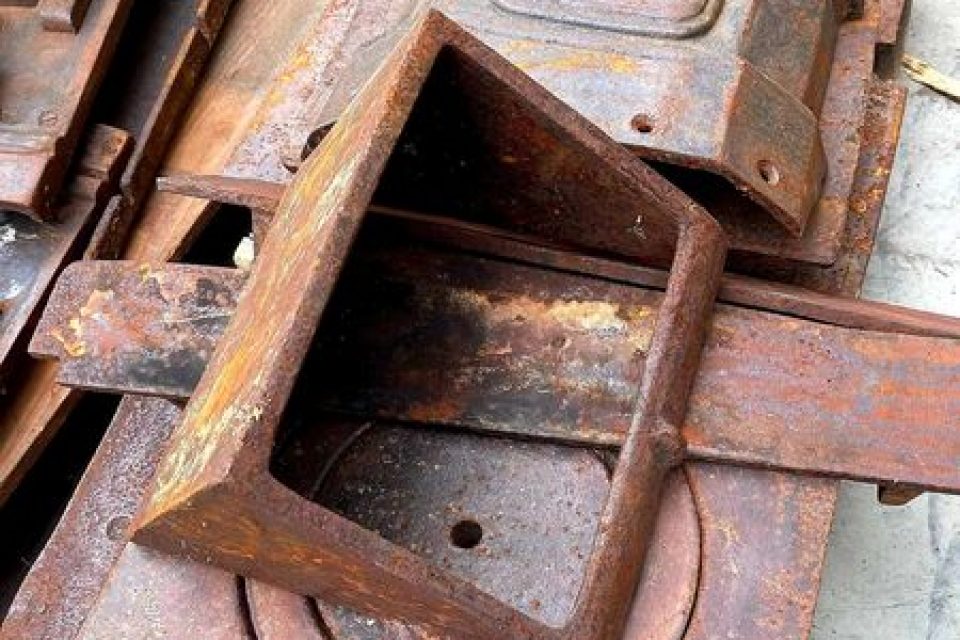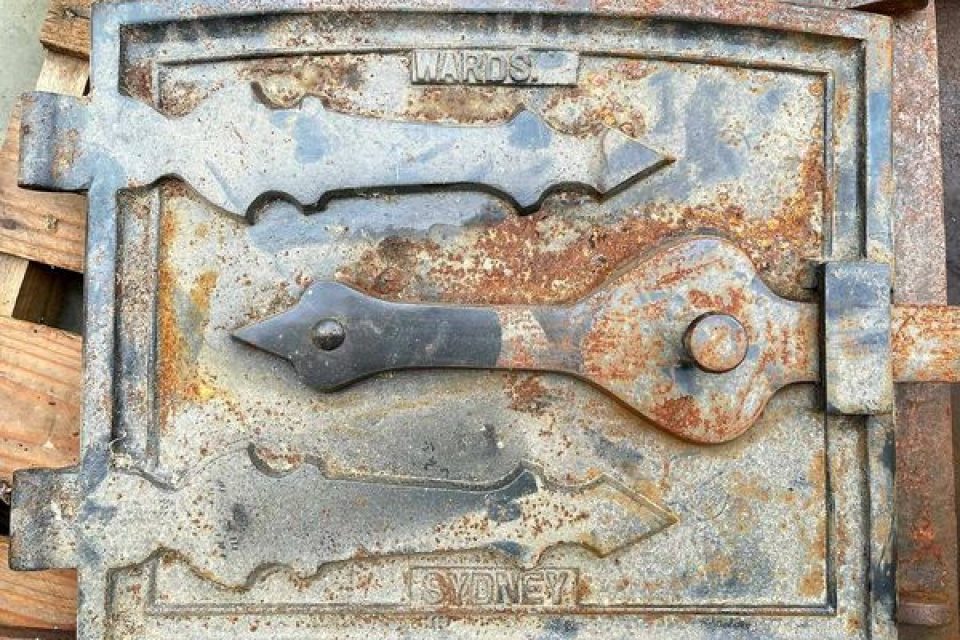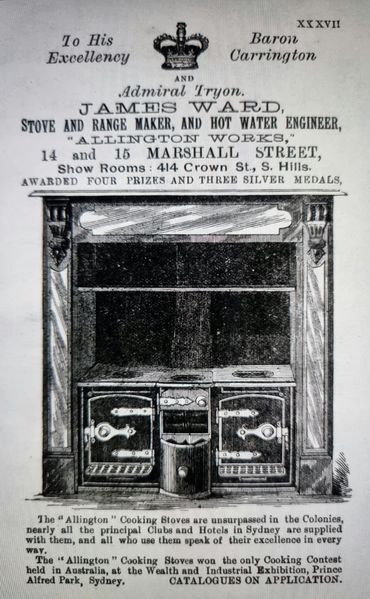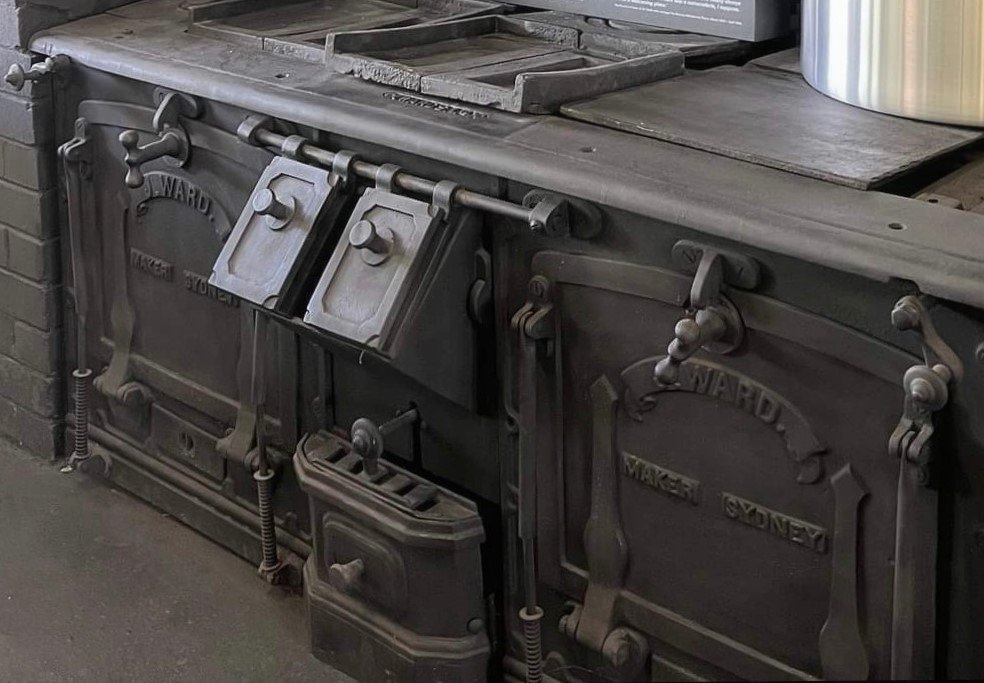
Phil Horwell is in the process of restoring a Ward’s wood stove to its former glory. Photo: Chris Roe.
If you grew up in the bush, there’s a good chance you’ll have fond memories of the old cast-iron wood stoves that were once a fixture on properties and in heritage houses across the country.
In winter, they turned the kitchen into the cosiest room in the house. They were unbeatable for turning out perfect scones and pots of vegetable soup and nothing dried a wet pair of socks faster.
While many have been left to rust, Wagga history enthusiast Phil Horwell is in the process of restoring one to its former glory.
“This stove was worked in the Cootamundra railway refreshment room for many years,” he explains, leaning on a cast iron oven door in the back of his ute.
“When the Cootamundra railway station was refurbished in the late ’80s or early ’90s and the building was being demolished, I thought ‘what’s going on here’?
“It’s from back in the 1880s and I think that you just can’t let these things go.”





A Railway employee at the time, Phil put in a bid to purchase the cast iron artefact and ever since, it has weathered away in storage for three decades.
The plan now is to refurbish the stove and install it in the expanding Wagga Railway Heritage Precinct.
“It’s been painstaking work for the last three or four months, taking it apart,” he says with a grimace.
“But the hardest part is going to be putting the thing back together.”

A 19th Century advertisement for Ward’s stoves. Photo: Supplied
The stove bears the makers mark of James Ward.
A 19th-century advertisement for his “Allington” model describes him as a “stove and range maker, and hot water engineer”, based in Sydney’s Surrey Hills and the recipient of “four prizes and three silver medals.”
“The Allington Cooking Stoves are unsurpassed in the Colonies, nearly all the principal Clubs and Hotels in Sydney are supplied with them, and all who use them speak of their excellence in every way,” boasts the ad.
Phil has tasked Wagga Blast N Coat with cleaning up the stove piece by piece and powder coating it to restore the original look.
Zac Browning says that while the process won’t allow the stove to be operational, it will make it stronger and is a good option to preserve historical items for display.
“Being so old, you’ve got to take into consideration a lot of pitting and back then nothing was as Mickey Mouse and smooth as the stuff you can get today,” he explains.
“So we’re trying to get as close as to original as we can without damaging the existing material.”
He’s impressed by the workmanship in the old stove.
“I can’t believe how bloody heavy it is,” he laughs.
“It’s so well built and obviously there was no big machines and big power tools so it was all handcrafted by blacksmiths and it’s just incredible.”

A similar model of Ward’s wood stove. Photo: Wagga Blast N Coat
Phil can also testify to the sheer weight of the artefact and says even moving it piece by piece is hard yakka.
“We will weigh it properly in time, but it weighs in the hundreds of kilograms at least, it’s absolutely as heavy as anything,” he says.
“What we need to do now is to ensure that we photograph the process all the way through from what you see today until when we put it together.
“Hopefully we can do that in the next six months or so.”
You can keep up with the progress of the project on Wagga Blast N Coat’s Facebook page.







